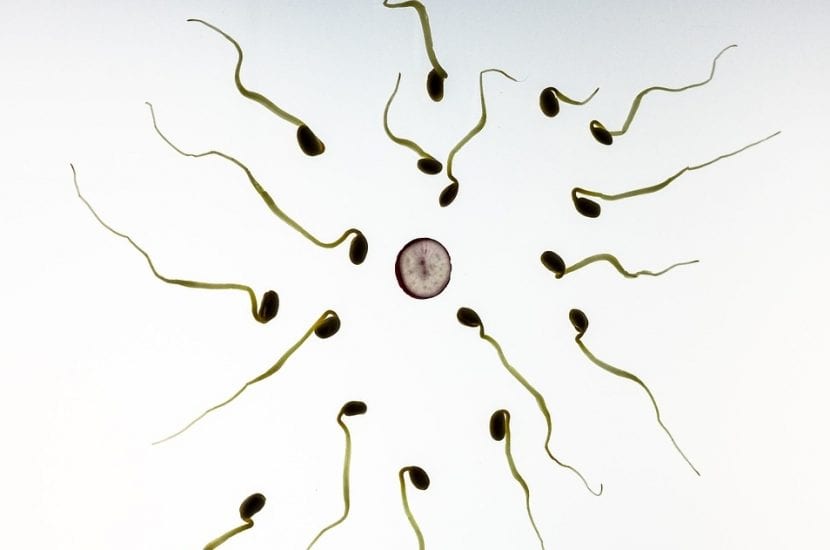
Many couples do not get pregnant after months or years of unprotected relationships. When this happens, it is advisable to go to a gynecologist who specializes in fertility. After the necessary tests and examinations, the doctor will indicate the most appropriate procedure to achieve a pregnancy.
One of the techniques that are usually used is artificial insemination, but do you know what it consists of? We tell you what it is and how it is done.
What is artificial insemination?

Artificial insemination consists of introduce a semen sample into the woman's uterus previously prepared in the laboratory. In this way, the distance between the sperm and the egg is shortened, facilitating fertilization.
Phases of insemination
- Although you can take advantage of any fertile period, it is common to previously perform a treatment of ovarian stimulation to have more than one egg available and thus increase success rates. The process is very simple, the woman must inject small doses of a hormone, usually gonadotropin, from the first days of the cycle. The controls must be periodic until the specialist considers that the eggs are mature to carry out the insemination. This technique increases the chances of having a multiple pregnancy.
- Semen preparation. Optimal sperm are selected for fertilization using "wash and train" techniques. In this way, dead, immobile or slow sperm are removed.
- Insemination. It is a very simple and minimally invasive process that is hardly painful. When the ovarian follicles are mature, a hormonal agent is injected to trigger ovulation. After 36 hours, the semen is introduced into the uterus, as close as possible to the fallopian tubes, through a special cannula. The woman must rest for a few minutes. The entire process takes between 15 and 20 minutes.
To know the results you have to wait at least two weeks to take a pregnancy test. The success rate is around 15% to 17% for each cycle. About 35% of women who complete four cycles manage to become pregnant. If after five attempts there has been no pregnancy, the rates plummet and the specialist may recommend another method.
In which cases is artificial insemination carried out?

- Women with some ovulation problem that hinders fertility.
- Couples with healthy eggs and sperm but there are some factor that hinders fertilization. For example erectile dysfunction, or changes in the cervix.
- Women with endometriosis. A condition that causes cells inside the uterus to grow outside the uterine cavity, making pregnancy more difficult.
- When the male presents slight defects in the concentration or mobility of the sperm.
As well it is possible to go to a donor other than one's own partner. This is usually done in cases of men with low seminal quality or absence of sperm, men with a genetic disease or women who want to achieve a pregnancy without a male partner.